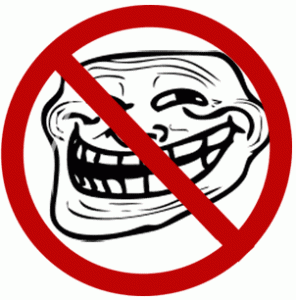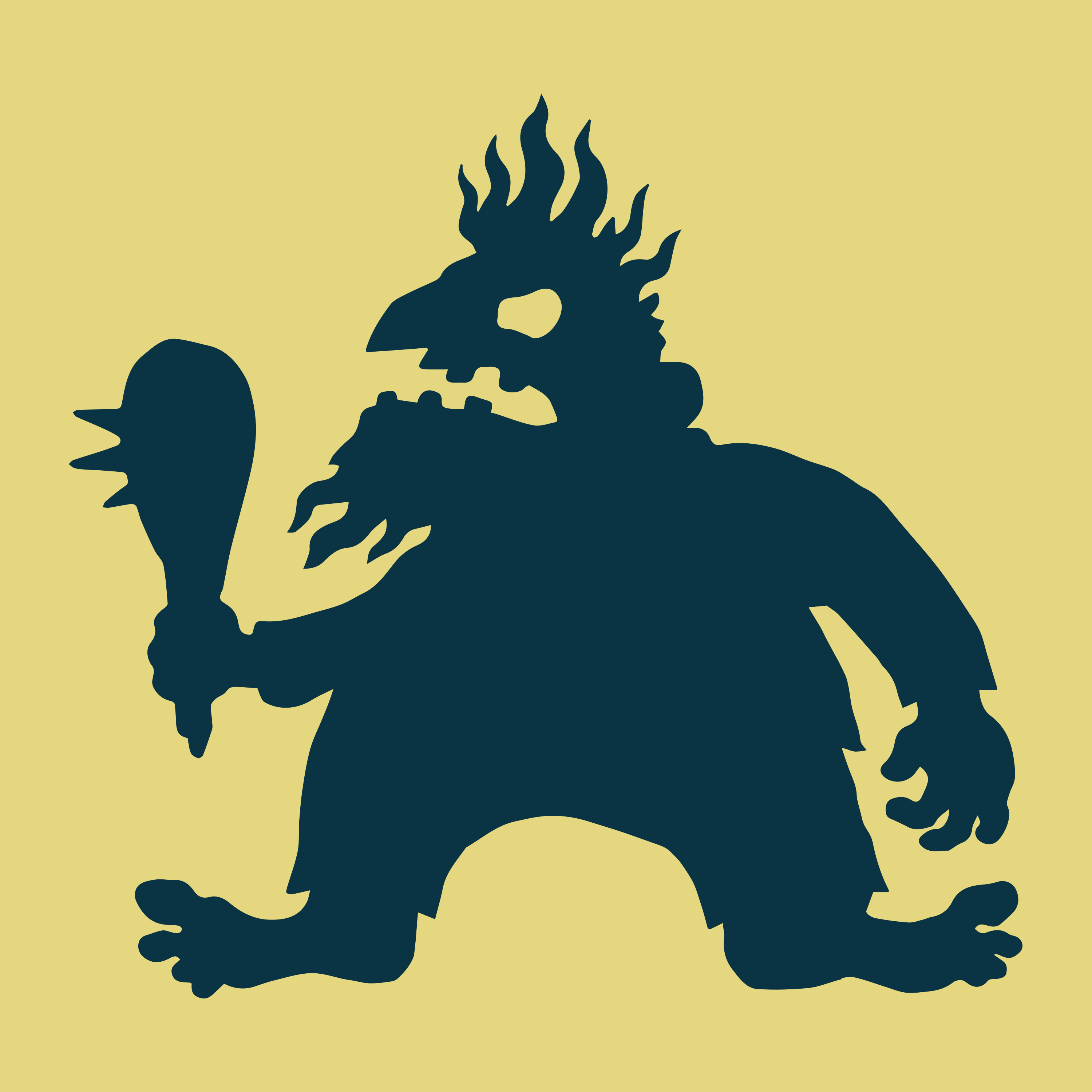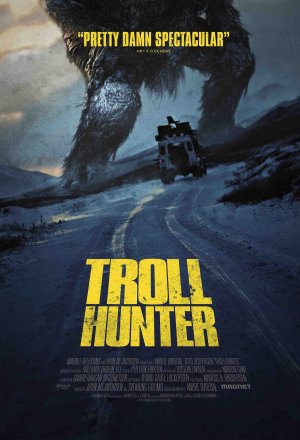The unanticipated going viral of our Capa D-Day project in France this summer evoked some thoughtful response from people who took the trouble to actually read our research. It also provoked some less than useful opinionating from people who decided that they really didn’t need to plow through all that information before staking out their positions and indulging in some tone-policing.
And, since most of this took place online — at the websites of periodicals and news channels that allow anonymous commenting, and at blogs that do the same — it inevitably attracted trolls, from whom I duly got my fair share of abuse. (All of it in French, let me add, which I both speak and read; this lent a certain Gallic je ne sais quoi to the proceedings.)

You can’t spend time online — certainly you can’t publish online, as I have for the past twenty years — without encountering trolls, threadjackers, and others who delight in disrupting mindful dialogue. I suppose they emerged during the pre-web days of email listservs and bulletin boards; I joined one listserv for a year, 1999-2000, watched it dissolve into flame wars, and left. (I’ve made of this blog a troll-free zone, to spare its readers and myself even a brief engagement with that mentality. All the comments you read here come from real people who sign their full names and whose existence I have verified.)
But the internet, and then the web, certainly gave birth to the phenomenon itself. Having come of age long before the internet emerged, I can’t remember anything remotely comparable in the periodicals that shaped me as a reader and writer — seeing an average person expressing an opinion (smart or not, popular or not) and consequently receiving a barrage of anonymous and/or pseudonymous hate mail, having his or her personal information dug up and explored maliciously, with all of it automatically published and immediately available globally.
 Growing up in the print era, reading newspapers and magazines, of course I saw that putting your positions and ideas on the public record often evoked responses, some of them highly negative and strongly worded. Periodicals would run letters to the editor, pro and con a given writer’s opinion, as well as missives correcting errors of fact. Indeed, editors and writers delighted in getting a flurry of such comments; it proved that someone actually read and took seriously what they published.
Growing up in the print era, reading newspapers and magazines, of course I saw that putting your positions and ideas on the public record often evoked responses, some of them highly negative and strongly worded. Periodicals would run letters to the editor, pro and con a given writer’s opinion, as well as missives correcting errors of fact. Indeed, editors and writers delighted in getting a flurry of such comments; it proved that someone actually read and took seriously what they published.
Some of that commentary was substantive, some not. But three principles governed it. First, editors required the letter writers to provide their real names and addresses, so they could verify their existence; and, except in the cases of whistleblowers or others with a legitimate reason to remain anonymous, their full names and the city or borough of their residence, plus other relevant credentials in some cases (a doctor commenting on medical matters), would get published. Which made them publicly responsible for their words, just like those to whose articles they responded.
 Second, editors didn’t publish everything they received; they picked and chose among the incoming letters, selecting those they considered representative, provocative, contributory to the discussion, etc. They didn’t waste their readers’ time with junk mail; they didn’t consider this vetting process in and of itself censorious (though at times it may have been used that way); and (with a warning in the letters column) they sometimes edited letters for length before publication.
Second, editors didn’t publish everything they received; they picked and chose among the incoming letters, selecting those they considered representative, provocative, contributory to the discussion, etc. They didn’t waste their readers’ time with junk mail; they didn’t consider this vetting process in and of itself censorious (though at times it may have been used that way); and (with a warning in the letters column) they sometimes edited letters for length before publication.
Third, a basic level of civility prevailed among all involved in this exchange. One could question a writer’s sagacity and intelligence, even her honesty and integrity, but not call her a “retard.” Indeed, ad hominem attack was generally impermissible.
These generally understood and accepted guidelines remain in place in print publications today, if only due to the limitations of editorial space. As a result, reading current letters to the editor as they appear on dead trees — as well as re-reading those from decades past — tells us much about how their readerships have received the ideas of certain writers. Reading the comments appended to most online articles bespeaks only the boorishness and laziness of those comments’ authors.
I don’t know if anyone has systematically compared the print and online responses to a given set of published articles in reputable periodicals, subjecting them to formal content analysis. (Anyone in media studies need a thesis topic?) I suspect such research would only confirm my conclusion, drawn from long-term but uncoordinated attention to both types of forums: it’s apples and oranges out there. What appears in print may have coarsened a bit in the tabloid press, but what you find online bespeaks the end of intelligent discussion.
No surprise, then, that a recently published study determined that internet trolls, as a class, manifested to a statistically significant degree “personality traits that fall in the so-called Dark Tetrad: Machiavellianism (willingness to manipulate and deceive others), narcissism (egotism and self-obsession), psychopathy (the lack of remorse and empathy), and sadism (pleasure in the suffering of others).” You’ll find an abstract of the study here: “Trolls just want to have fun,” co-authored by Erin E. Buckelsa, Paul D. Trapnell, and Delroy L. Paulhus.
Unless you have access through a library to “The Dark Triad of Personality,” in a special issue of the journal Personality and Individual Differences (Vol. 67, September 2014, pp. 97–102), it’ll cost you $39.95 to read this in full. Chris Mooney manages what seems a reasonable distillation, complete with charts, in his Slate article “Internet Trolls Really Are Horrible People,” published on February 14, 2014. Worth checking out also: Mooney’s January 2013 Mother Jones article about some earlier, related research, “The Science of Why Comment Trolls Suck.”
Appealing as I find John Gabriel’s GIFT (Greater Internet Fuckwad Theory), I don’t believe we all carry a dormant seed of Tourette’s syndrome — that the internet or the web somehow “caused” the troll phenomenon, demonically inducing paroxysms of antisocial behavior in previously benign and loving individuals. Instead, it seems this technology provides a safe space for the limbic system to strut its stuff — and the lizard brain in a small but energetic number of us has jumped at the chance to come out to play. In short, the trolling impulse has always lurked in certain people, but confined by social pressures to snarky sotto voce mutterings, Beavis and Butthead asshole-buddydom or mean-girl cabals, and the pages of one’s secret diary. The internet simply let those people’s inner troll out of the bottle.
PONPONPON to You
Better Late than Never Dep’t.: I realize that I come to this three years late, and you’re all probably way ahead of me here. But I have just run across Japanese pop star Kyary Pamyu Pamyu’s video for her 2011 hit song “PONPONPON,” the first single from her 2011 debut mini-album, Moshi Moshi Harajuku, which, according to one site, “quickly rose to the top of the iTunes charts in both Finland and Belgium.” You can’t get more cutting-edge than that.
Even with what I presume is a reasonably accurate translation of the lyrics — which present it as your basic generic angst-free pubescent feel-good song — I find myself bewitched, bothered, and bewildered by the video’s imagery: floating skulls and brains and eyeballs and femurs and slices of white bread, dancing Aunt Jemimas, with Kyary striking cutesy anime schoolgirl-porn poses as she prances and pouts amidst all this neo-dada gimcrackery.
For a follow-up, try her “CANDY CANDY.” A teenage girl running down the street in slo-mo with a slice of white-bread toast in her mouth, “cutie cutie xxx chewing love,” lollipops and onions … I think this marks the end of eastern civilization as we know it.










In German “Gift” is “poison”.
“Schlangengift” is “venom”. How can we acronymify that into English? Hmmm. …
— Nick
Kyary Pamyu Pamyu is the yin to Pee Wee Herman’s yang. 🙂
Colleen
I didn’t know that Pee Wee Herman had a yang.
Allan,
As unrelated as the white bread video is a story from my last career. We had an enclave of workers from the County Board of Developmental Disabilities that would gather around 3 in the lunch room to wait for their transportation. One afternoon we were interviewing bankers in the adjoining conference room. A woman from the bank asked if we had karate classes in the afternoon. “Nope. One of our employees has Tourette’s.”
Best,
Chuck
As they say on the interwebs, that was awesome!